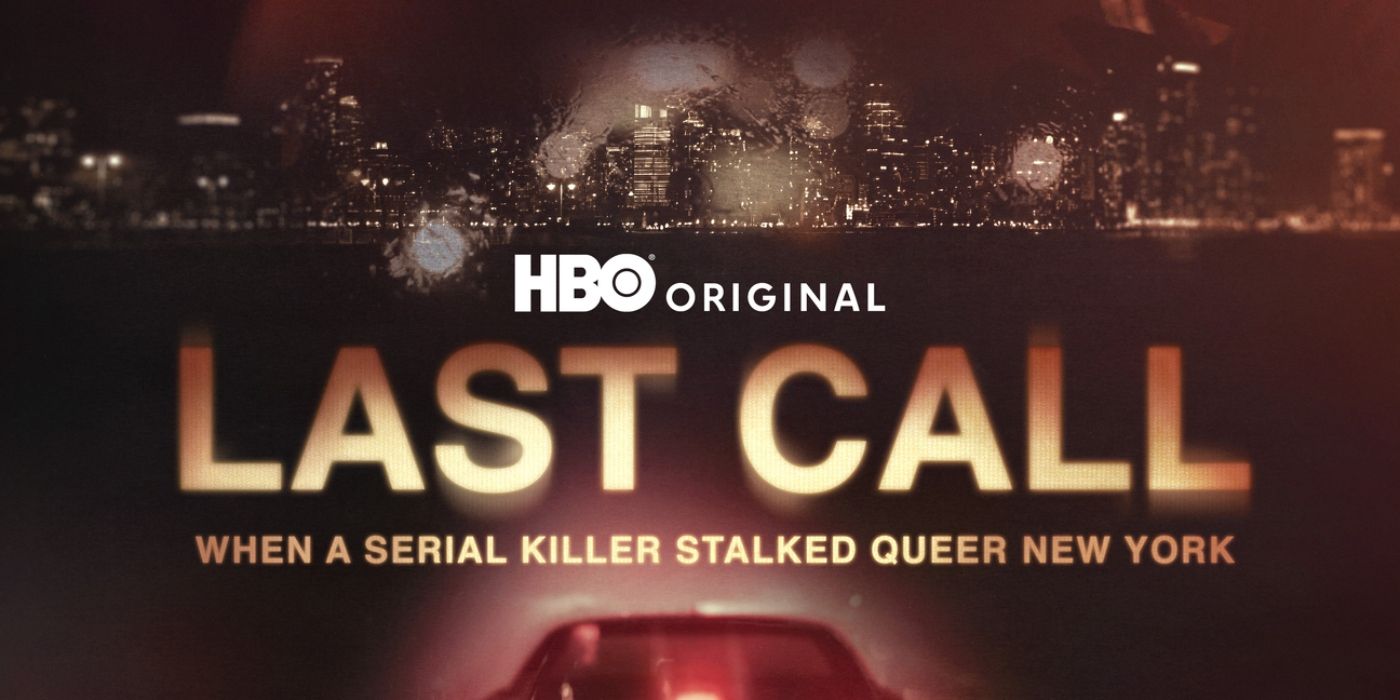True-crime documentaries often sensationalize the tragic deaths of homicide victims, reducing them to mere statistics and exploiting their stories for shock value. However, director Anthony Caronna (known for his work on “Pride”) and executive producer Howard Gertler (of HBO’s Oscar-nominated “All the Beauty and the Bloodshed” and “How To Survive A Plague”) offer a refreshing alternative with their impactful true crime docuseries, “Last Call: When A Serial Killer Stalked Queer New York.” This four-part HBO Original series delves into the lives of the victims, humanizing them and shedding light on how their murders mobilized New York City’s queer community. Premiering on Sunday, July 9, the documentary serves as a reminder of the complexity and humanity of these individuals.
For many queer and LGBTQ+ individuals, violence or the perpetual threat of violence has sadly been a part of their lived experience. The killings of trans women of color have reached epidemic proportions in the United States. Additionally, more than 20 states still allow the use of the Gay/Trans panic defense, and the “Don’t Say Gay Bill” is reinforcing harmful rhetoric within government-funded buildings. “Last Call” expertly balances the true crime elements with an insightful exploration of New York City’s LGBTQ+ history, which has often been overlooked by mainstream culture. Based on Elon Green’s book, “Last Call: A True Story of Love, Lust, and Murder in Queer New York,” the docuseries covers the serial murders, the queer political movement, and the lives of the four men who tragically lost their lives. It is truly a triumph in storytelling.
“Last Call” highlights the legacies of the victims through immersive storytelling. Each episode provides heartwarming anecdotal narratives that bring these men to life. We learn about Thomas Mulcahey, a closeted gay man who vanished in 1992, leaving his daughter Tracey O’ Shea to reflect on their close relationship and share cherished memories. Peter Stickney Anderson, another victim, is remembered by a former partner as an intelligent, kind, and engaging individual. The LGBTQ+ community, already grappling with increased violence, established the Anti-Violence Project (AVP) to combat these crimes. The third victim, Anthony Marrero, lived a complicated life as a closeted Puerto Rican sex worker. His story is told by author and activist Ceyenne Doroshow, who reveals the struggles Anthony faced in a society that failed to acknowledge his true identity. Michael Sakara, the fourth victim, was a beloved figure in the LGBTQ+ scene, and his death profoundly impacted the community.
These murders shed light on a larger issue plaguing New York City at the time. Between 1991 and 1993, while “The Last Call Killer” roamed the streets, there was a disturbing rise in anti-LGBTQ+ and hate-related violence. The NYPD’s apathetic response, coupled with widespread homophobia within the police force, heightened tensions in the queer community. The Anti-Violence Project and LGBTQ+ activists fought tirelessly for justice, pressuring law enforcement and initiating collaborations between different police departments. Ultimately, a breakthrough came when homicide detective Donna Malkentozos, an openly gay woman, joined the case. Though the hunt for the killer proved challenging, advances in fingerprint analysis led to the arrest and conviction of nurse Richard Rogers.
The impact of these murders extended beyond New York City and resonated globally. The tragedies preceded two high-profile cases: the rape and murder of Brandon Teena in 1993 and the murder of Matthew Shepard in 1998, which generated widespread outrage and demanded justice. By 1993, LGBTQ+ individuals were already fighting for civil rights protection and adequate healthcare funding for AIDS. The community experienced a time of political turmoil, but it also witnessed a shift in perceptions and a more militant approach to combating discrimination. Caronna’s documentary plunges viewers into history, exploring events like the Anita Bryant crusades of the ’70s and drawing parallels to contemporary politics. It serves as a reminder that biases and condemnation of minorities persist even today.
Caronna utilized the true crime genre to not only captivate audiences but also to educate them about queer history and the impact of cultural violence. By packaging a social justice narrative within the true crime format, he aimed to engage a wider audience. As the director explained, he recognized the power of true crime’s allure and saw it as an opportunity to tell a much-needed social justice story. “Last Call” emphasizes that an attack on one community member is an attack on all. It serves as a poignant testament to the resilience and strength of the queer community.
Stream “Last Call: When A Serial Killer Stalked Queer New York” on HBO Max and immerse yourself in a compelling and thought-provoking exploration of LGBTQ+ history.
Denial of responsibility! TechCodex is an automatic aggregator of the all world’s media. In each content, the hyperlink to the primary source is specified. All trademarks belong to their rightful owners, and all materials to their authors. For any complaint, please reach us at – [email protected]. We will take necessary action within 24 hours.
Khushi Patel is a science fiction author who lives in Austin, Texas. She has published three novels, and her work has been praised for its originality and imagination. Khushi is a graduate of Rice University, and she has worked as a software engineer. She is a member of the Science Fiction Writers of America, and her books have been nominated for several awards.


